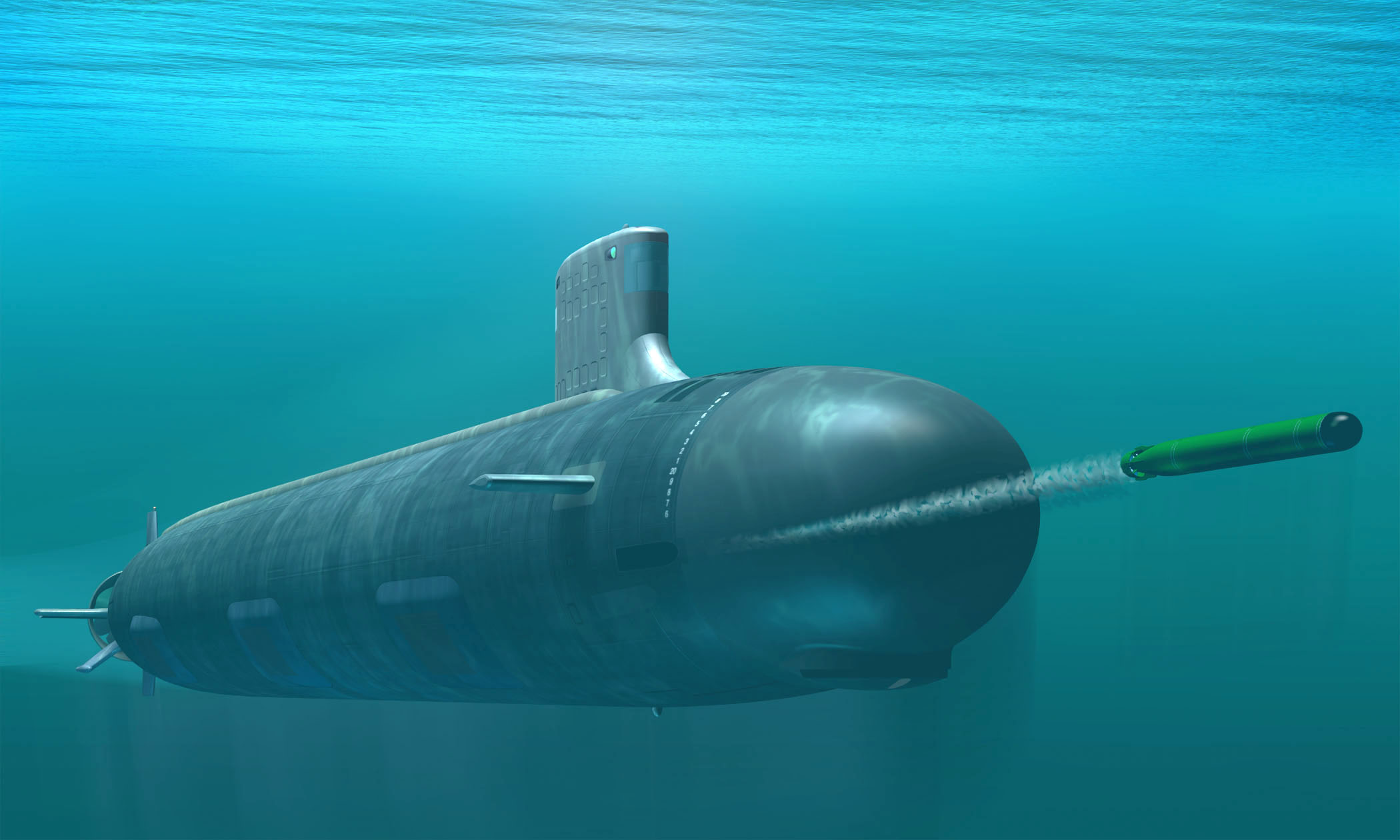NASA satellite plunges into ocean after launch
Fri Mar 04, 2011 11:17 am
Your tax $ at work!!! www.chicagotribune.com/news/nationworld ... e,0,179988
Re: NASA satellite plunges into ocean after launch
Fri Mar 04, 2011 11:19 am
Pat Carry wrote:Your tax $ at work!!! http://www.chicagotribune.com/news/nati ... ,0,1799886
Re: NASA satellite plunges into ocean after launch
Fri Mar 04, 2011 11:24 am
Pat Carry wrote:Pat Carry wrote:Your tax $ at work!!! http://www.chicagotribune.com/news/nati ... 9886.story
I cant edit my posts so I hope this link works now.
Re: NASA satellite plunges into ocean after launch
Fri Mar 04, 2011 11:53 am
Algore must be in tears as it was a "global warming" satellite.
Re: NASA satellite plunges into ocean after launch
Sat Mar 05, 2011 2:23 pm
cant they use it to check the temp of the pacific?
Re: NASA satellite plunges into ocean after launch
Sun Mar 06, 2011 12:36 pm
agent86 wrote:cant they use it to check the temp of the pacific?
That would be a very expensive thermometer!
Re: NASA satellite plunges into ocean after launch
Sun Mar 06, 2011 1:54 pm
And this isn't?


Re: NASA satellite plunges into ocean after launch
Sun Mar 06, 2011 1:55 pm
Whoops, uploaded the wrong size image. Sorry, can't edit to put in the smaller 800x600 one. 
The world's most expensive thermometer - a Virginia-class submarine.
The world's most expensive thermometer - a Virginia-class submarine.
Re: NASA satellite plunges into ocean after launch
Sun Mar 06, 2011 2:55 pm
and the trashed satellite is the second most expensive thermometer
Re: NASA satellite plunges into ocean after launch
Sun Mar 06, 2011 3:56 pm
And back in the 50's and early 60's off the beach during SM-62 SNARK missle tests they posted semi humorous signs reading 'WARNING SNARK INFESTED WATERS' because they went into the Atlantic cartwheeling more than they cleared the range @ several less inflationary millions $$$$ a piece.
How many years was it before the former Soviet Union admitted to dozens of spectacular (and, in some cases, fatal) failures trying to launch stuff? Space exploration is like fishing, if it was easy and 'can't miss' they'd have to change the sports title to 'catching' Ariane is proof of that.
How many years was it before the former Soviet Union admitted to dozens of spectacular (and, in some cases, fatal) failures trying to launch stuff? Space exploration is like fishing, if it was easy and 'can't miss' they'd have to change the sports title to 'catching' Ariane is proof of that.
Re: NASA satellite plunges into ocean after launch
Mon Mar 07, 2011 2:23 am
The Inspector wrote:And back in the 50's and early 60's off the beach during SM-62 SNARK missle tests they posted semi humorous signs reading 'WARNING SNARK INFESTED WATERS' because they went into the Atlantic cartwheeling more than they cleared the range @ several less inflationary millions $$$$ a piece.
How many years was it before the former Soviet Union admitted to dozens of spectacular (and, in some cases, fatal) failures trying to launch stuff? Space exploration is like fishing, if it was easy and 'can't miss' they'd have to change the sports title to 'catching' Ariane is proof of that.
Those darned Snarks,I hate them.especially when I swim in bloody water.oh,those are sharks.sorry
Re: NASA satellite plunges into ocean after launch
Thu Mar 17, 2011 7:39 pm
Different radio frequencies. HF frequencies, like what they used to talk to the moon are used today by HAM radio operators who use the moon as a reflective surface to talk to people on the other side of the world. Only problem is HF is very tempermental in the atmosphere and can alternately work great over long distances or not at all over anything but very short distances. At the same time you can talk to someone on the other side of the world, you may not be able to talk to someone down the street.
NASA, however solved the problem of HF by introducing power. Signals coming in from the moon didn't need to have a lot of power because they were directional antenna that were going the "right way" through the atmosphere to see very little distortion. Meanwhile, the signals going out had ENORMOUS power to punch through our ionosphere, which is why the smallest communication dish was still over 16 feet in diameter. By having such a large antenna, they could pump a lot of power through it and then also receive the much lower powered incoming transmissions.
NASA, however solved the problem of HF by introducing power. Signals coming in from the moon didn't need to have a lot of power because they were directional antenna that were going the "right way" through the atmosphere to see very little distortion. Meanwhile, the signals going out had ENORMOUS power to punch through our ionosphere, which is why the smallest communication dish was still over 16 feet in diameter. By having such a large antenna, they could pump a lot of power through it and then also receive the much lower powered incoming transmissions.